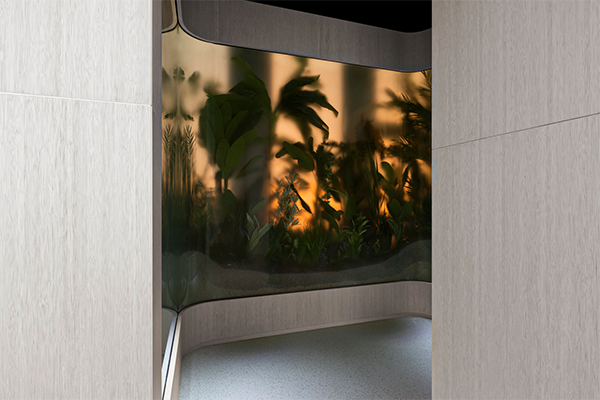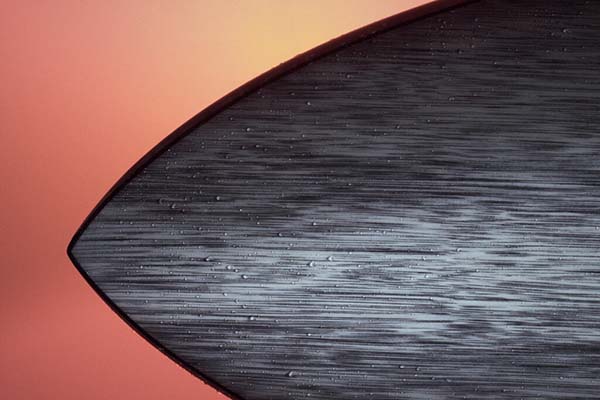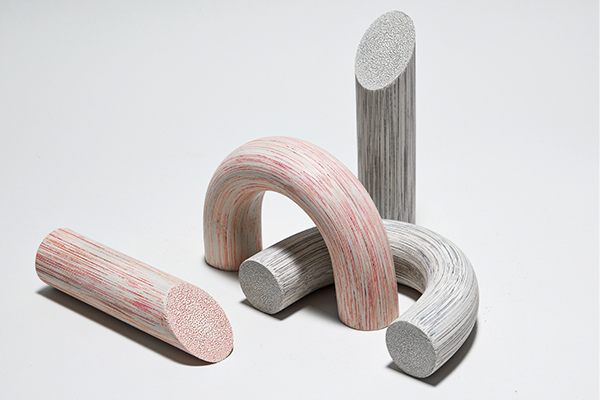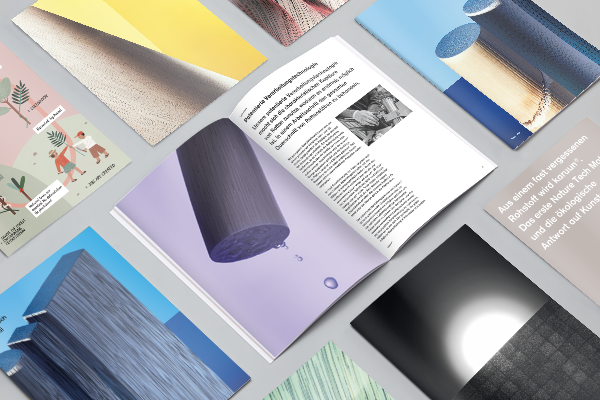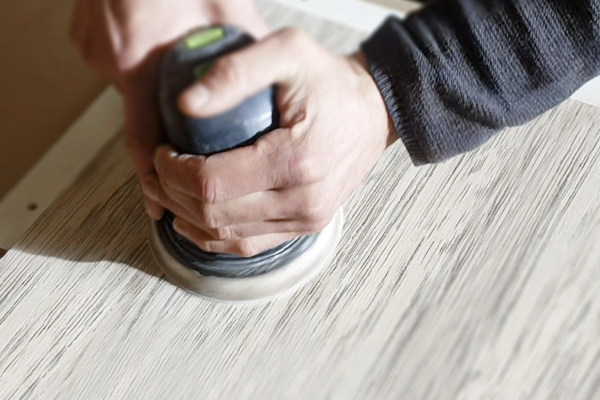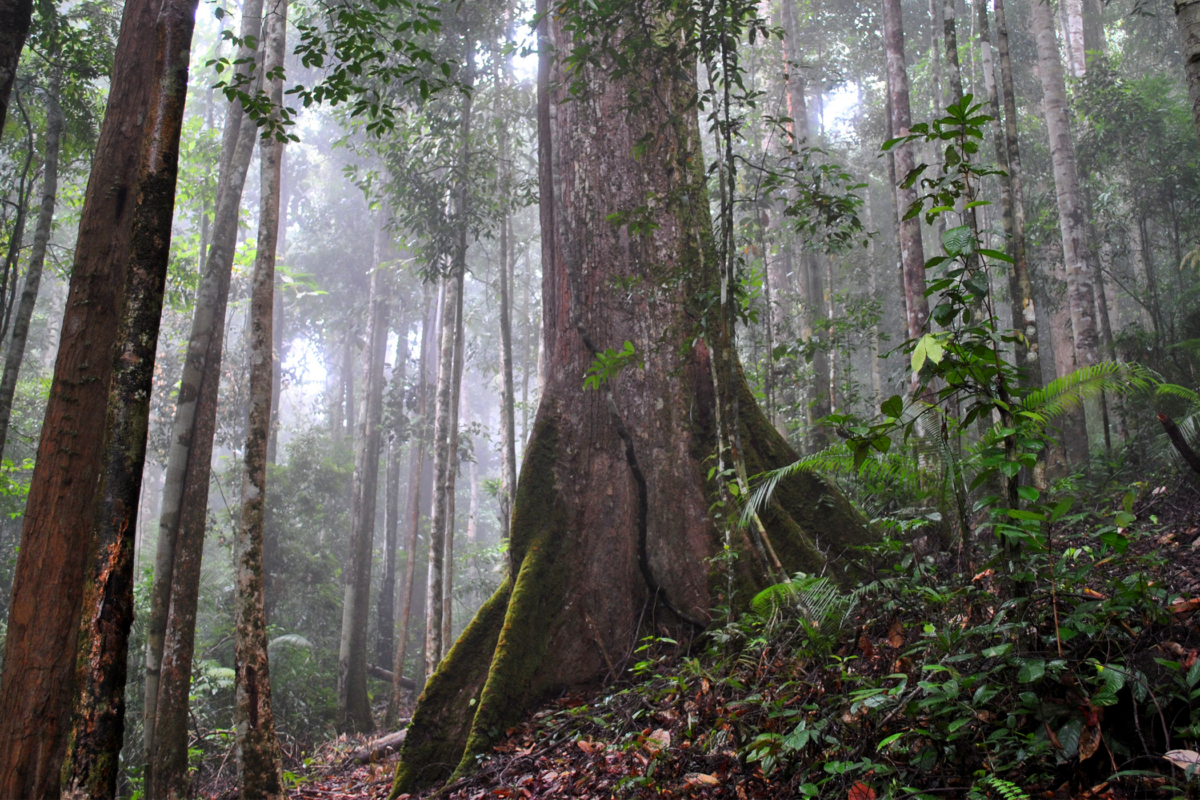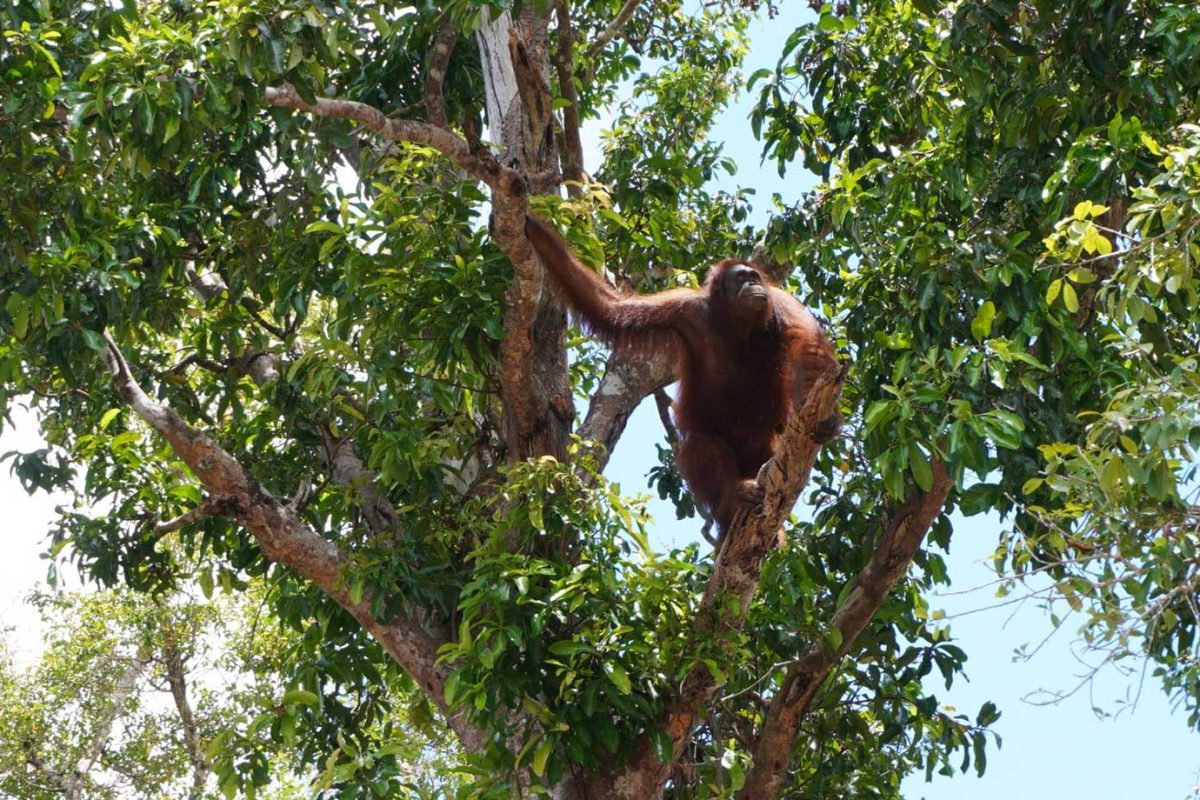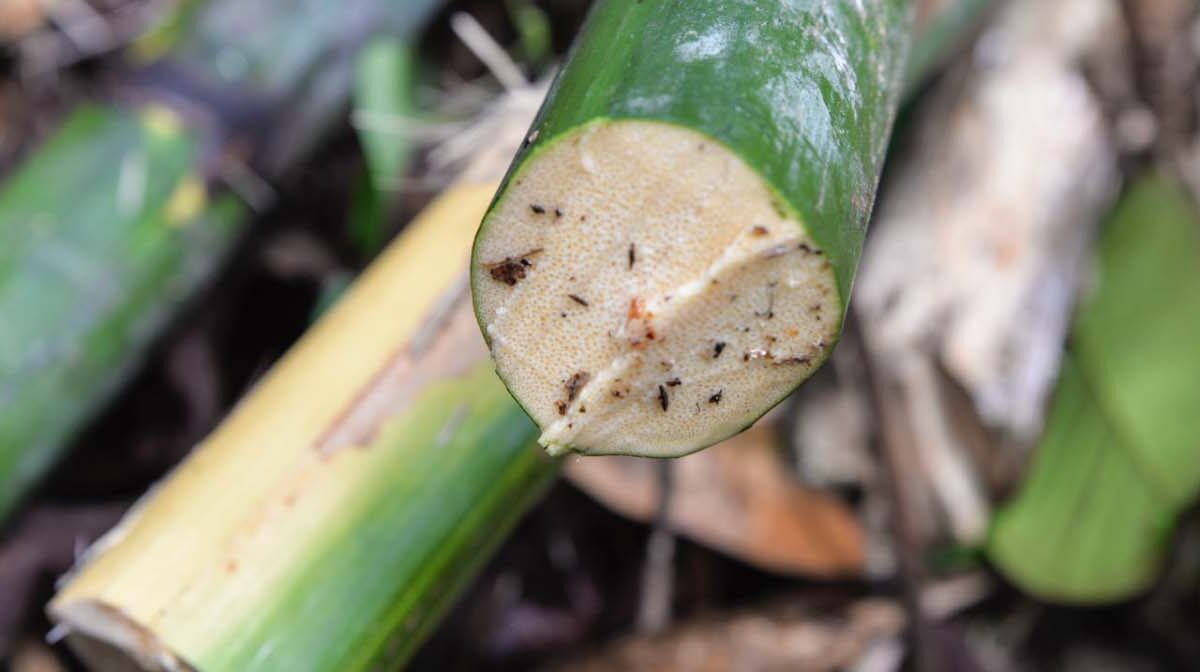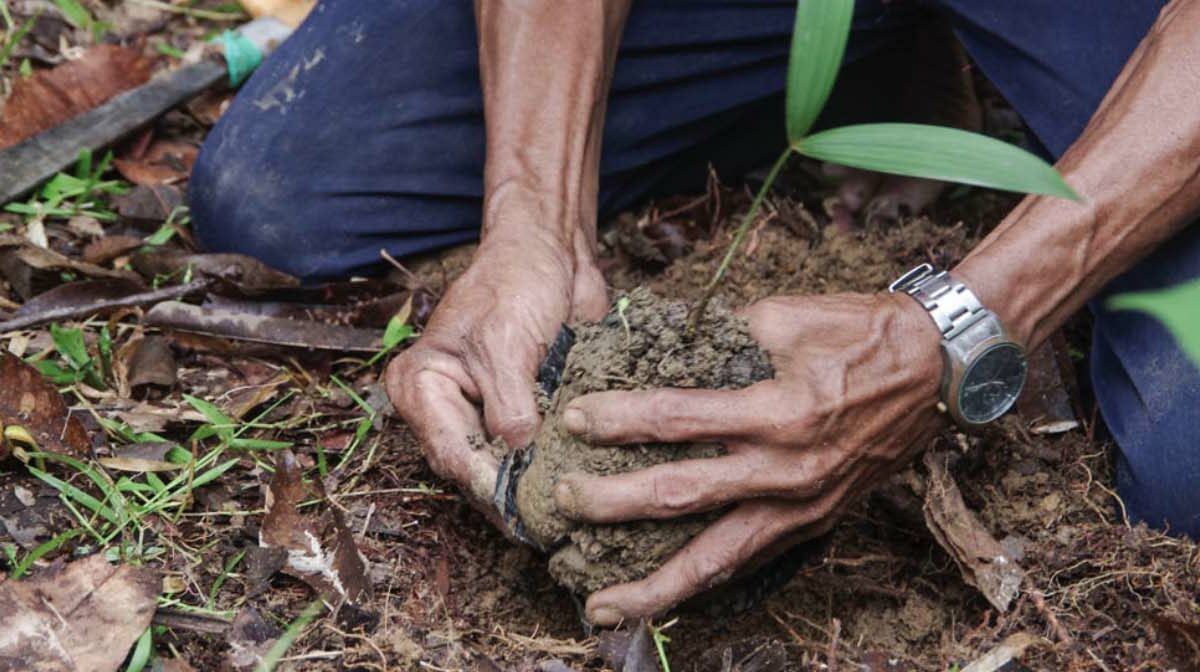
In recent decades man-made materials have basically replaced rattan products, and rattan’s sustainable history has almost faded out of memory. Until now. Through conscious rattan cultivation, we can finally honor our promise to protect tropical forests and embrace a new approach to the modern circular economy. Not only are tropical forests essential to the livelihoods of many peoples and the habitats of numerous plants and animals, they also absorb an estimated 250 billion tones of CO2 per year. That’s about 90 times the greenhouse gas emissions resulting from human activities!
Rattan depends on biodiversity. It does not grow in monocultures, so it naturally forms a symbiosis with surrounding trees. In short, it needs the rainforest to thrive. Rattan is a renewable resource which grows like a vine, climbing from tree to tree, and it is harvested by hand by local farmers – the most environmentally friendly way. By buying and using rattan for karuun®, we’re increasing the value of tropical forests and providing an incentive to conserve forest resources, all while creating long-term stable incomes for local farmers.
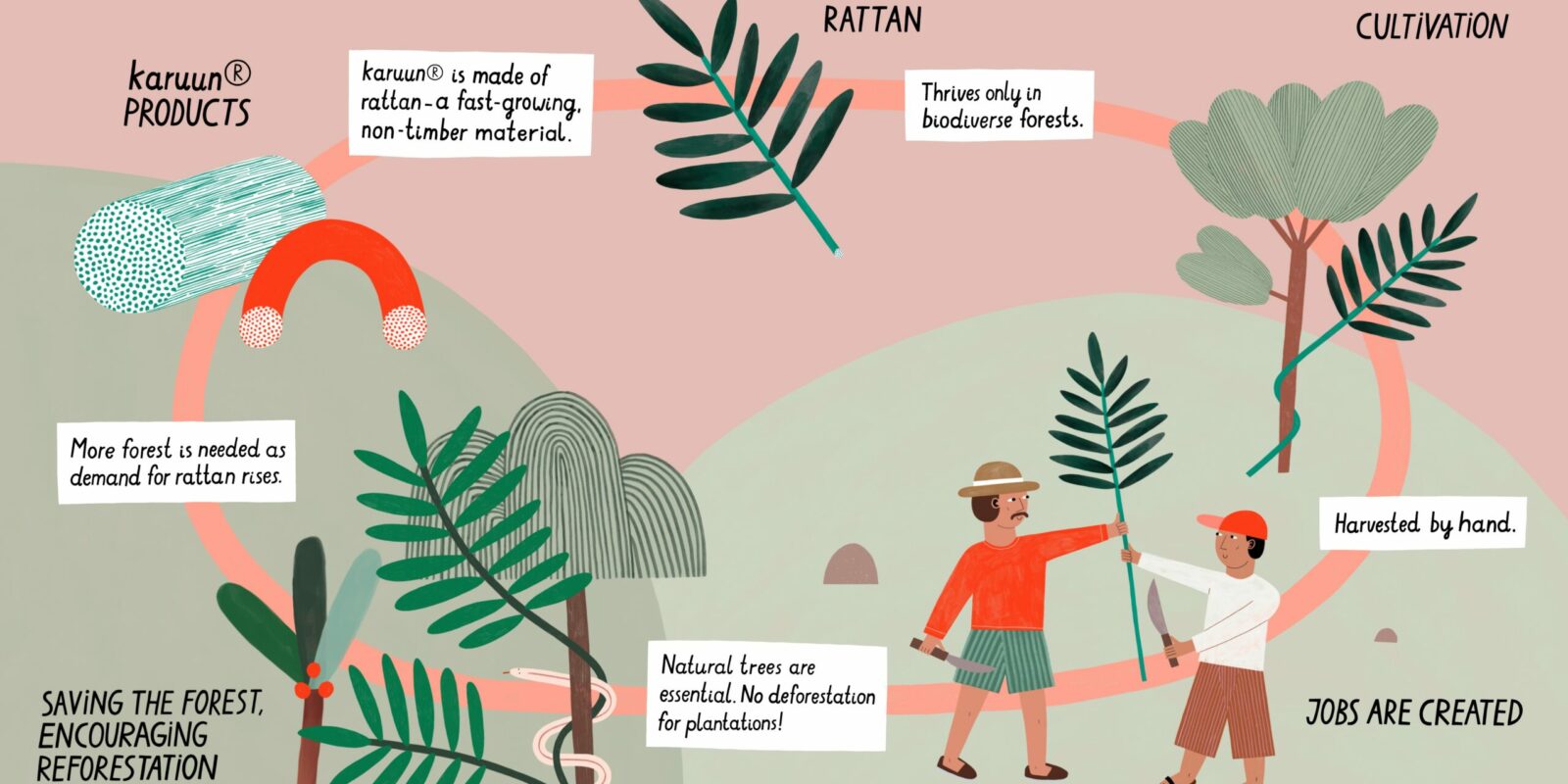
By cultivating rattan for karuun®, we’re actively driving an environmental and social paradigm shift within the economy. Globalisation is not only realigning ecosystems and the values of global society, culture and politics, it is realigning industry itself.
This is why we’ve developed the karuun® cycle. Together with our partners Fairventures Worldwide, the VIVERE Group and GIZ, we’re spearheading projects to conserve and restore tropical forests – all while increasing the transparency and traceability of supply chains. Thanks to an app developed in cooperation with an integrated technology firm, customers can precisely trace where rattan has come from and we can transparently map and continuously improve our social and environmental impact.
Active protection of the environment can only work if the local population benefits. That’s why we’re also involved in projects to train and improve working conditions for rattan farmers and the infrastructure in their villages.
Our Partners:
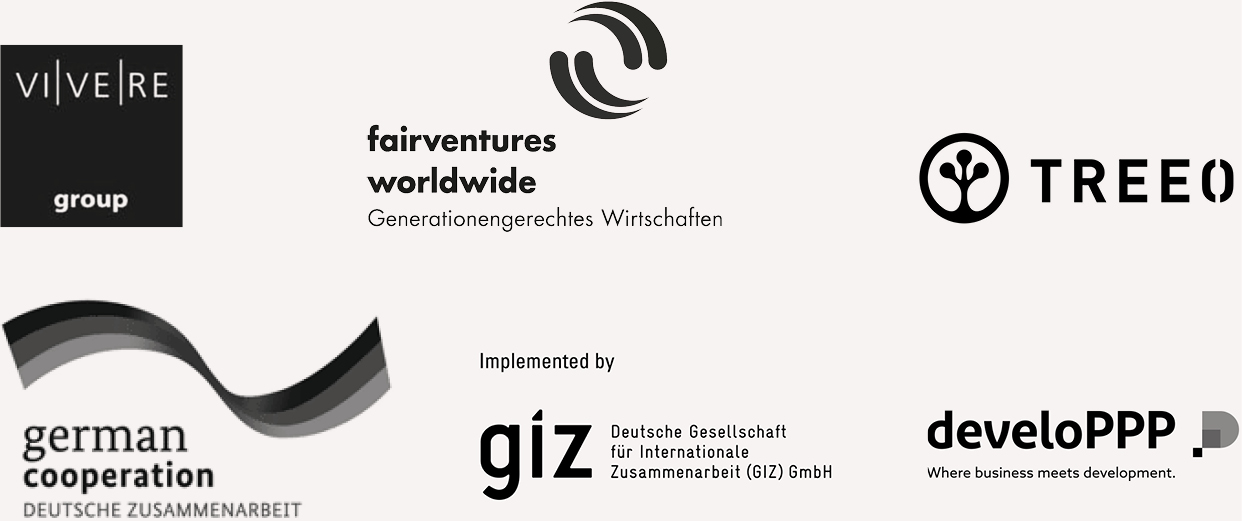
By choosing to use karuun®, you are actively working towards 10 of the 17 UN Sustainable Development Goals.
We want to enable people worldwide to lead a dignified life while at the same time maintaining a sustainable use of natural resources in the long term. This includes commercial, environmental and social aspects in joint responsibility of all actors: politics, the economy, science, civil society – and every individual:
Learn more about the UN Sustainable Development Goals here.
Latest projects:
The journey to net zero with TREEO
In the coming years, simply reducing CO2 emissions won’t be enough. We must actively remove CO2 from the atmosphere. TREEO, a startup, is working to achieve this goal by connecting tree growers with Balancers — companies that are committed to net-zero emissions. karuun® is now one of these companies.
Climate friendliness at karuun®
During the 2021 business year karuun® calculated its corporate carbon footprint (Scope 1, 2 and 3) for the first time and carried out a Life Cycle Assessment (LCA) for karuun® stripe. The goal: greater climate friendliness towards net-zero CO2 emissions in the future.
Let’s Reanimate Rattan
The rediscovery of a bio-economic material: As part of the scope of the develoPPP.de programme, we’re working together with our Indonesian partner VIVERE Group and GIZ to boost sustainable rattan production for completely new industrial and design applications.
Track the karuun® supply chain digitally via app
With the nature tech material karuun, rattan could again play a key role in sustainable land use and protection models for secondary and primary forests in Southeast Asia. This would protect precious tropical rainforests from being cleared and guarantee small farmers a fair income in the long term.
1300
Rattan-Setzlinge
für karuun® wurden seit 2018 gepflanzt
2x
Rattan wächst 2-mal schneller
als eine vergleichbare Pflanzenart
33
Tage muss Rattan wachsen
um einen Durchmesser von 4cm zu erreichen und für die Herstellung von karuun® geerntet werden kann.
4
Bauern & Familien
laben von der Rattanproduktion für karuun®
80%
of Rattan on the market comes from Indonesia
xx
Tage muss Rattan wachsen
um einen Durchmesser von 4cm zu erreichen und für die Herstellung von karuun® geerntet werden kann.
X
Bauern und ihre Familien leben von der Rattanproduktion für karuun®
10,8
Hectar Testfläche
zur Bepflanzung von Rattan für karuun®
Q&A: Question
What is Rattan?
Hidden in the forests of Indonesia, thrives the Rattan Calamus Manau which is used to manufacture karuun. Rattan is a palm and has the most subspecies among non-timber products.
read more
Q&A: Question
Why is Rattan one of the most sustainable plants to cultivate?
Harvesting rattan is a tough job. The farmers who harvest rattan mostly have a close relationship to nature and are very familiar with the forest. This work has been done in this fashion for many generations and it’s knowledge will hopefully continue for many generations to come.
read more
Q&A: Question
Why is the forest in which “karuun® Rattan” grows so important for the local people and population?
Individual communities generate over 40% of their income from rattan production. The annual amount of rattan needed for furniture and wickerwork production is an estimated 440 million tonnes per year!
read more
Q&A: Question
Why does the cultivation and harvesting of rattan contribute to the preservation of forests?
Rattan depends on the rainforest to thrive. It grows like a vine, climbing from tree to tree, and it is harvested by hand by local farmers – the most environmentally friendly way. By karuun®, we’re increasing the value of tropical forests and providing an incentive to conserve forest resources, all while creating long-term stable incomes for local farmers.
Q&A: Question
How does Rattan contribute to biodiversity in secondary forests?
After a forest has been damaged by fire or clearing, it begins to recover and grow again. The competition for light begins. Fast-growing grasses, shrubs and trees have the advantage in this race, and they take up any available space very quickly. Slow-growing trees don’t get the light they need to grow.
read more
Q&A: Question
Why is the forest in which “karuun® rattan” grows so important for the climate?
Tropical rainforests act like the earth’s air conditioning system. Today’s widespread slash-and-burn clearing of tropical rainforests is doubly bad for this effect. On the one hand, burning the forests releases carbon dioxide into the atmosphere, on the other hand, the forests are missing to bind carbon dioxide from the air.
read more







